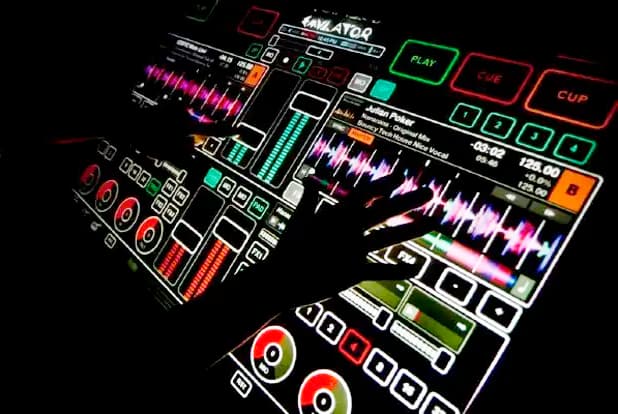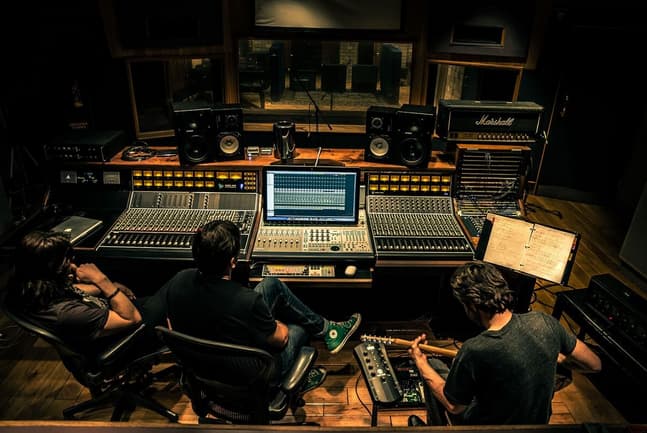In recent decades, technology has become an integral part of the arts, and music is no exception. Modern algorithms and artificial intelligence systems not only help musicians create, but also become full-fledged co-authors themselves. In this article, we will look at how computers expand the boundaries of creativity and create the prerequisites for the emergence of new genres and musical practices.
Music generation: when neural networks become composers
Algorithms based on neural networks make it possible to create tracks that are difficult to distinguish from the works of living authors. Models such as OpenAI Jukebox and Google Magenta are trained on millions of existing compositions and can generate music in a variety of styles – from classical to avant-garde.
How it works:
- The algorithm learns by analyzing patterns in musical works.
- Based on the data received, it creates melodies, harmonies, and rhythms.
- Composers can use the generated fragments as a basis for their tracks, adding individual touches to them.
These technologies are already being used to create backgrounds for games, films and commercials. It is important to note that artificial intelligence does not replace creativity, but rather complements it, inspiring musicians to come up with new ideas.
Algorithmic music: creativity by the rules
Algorithmic music is a work created using mathematical formulas and logical constructs. One example is fractal music, where the structure of the melody obeys the laws of self-similarity found in nature. This approach allows for the creation of unique compositions that would be difficult to reproduce manually.
Another interesting example is stochastic music, which uses random numbers to select notes and rhythms. Thus, each new interpretation of a piece becomes unique. This opens up opportunities for music that never repeats itself.
Virtual instruments and interactive environments
Computers not only help generate music, but also create new musical instruments. Software synthesizers and sound plug-ins allow you to get sounds that are impossible to create on traditional instruments. For example, AI-powered generative synthesizers can produce completely unexpected textures by combining organic and digital timbres.
An interesting direction is interactive music apps. An example is Endlesss, a platform for real-time collaborative music-making, where users can layer fragments of tracks on top of each other and create musical “jams”.
Virtual instruments are also used in virtual reality (VR) and metaverses, where music reacts to the user’s movements and creates new forms of interaction.
Personalization and recommendations: music customized for you
One of the key aspects of technology’s influence on music is recommendation systems. Services like Spotify and Apple Music use machine learning to analyze user preferences and create personalized playlists.
Not only do these systems improve the user experience, but they also play a role in the discovery of new genres. Thanks to algorithms, users can stumble upon music that they would never have found on their own. This contributes to the development of niche genres and supports musical diversity.

Robots and Physical Interfaces: Music in a New Dimension
Technology is already influencing the physical creation of music. Musical robots can reproduce complex rhythms and melodies, expanding the possibilities of live performance. For example, robotic drum kits play with a precision that is impossible for humans, allowing new rhythmic structures to be explored.
Motion sensors and controllers are also gaining popularity, allowing musicians to create music using gestures and movements. This makes the creative process more expressive and intuitive.
New genres and musical practices
Technology not only changes the process of creating music, but also contributes to the emergence of new genres and trends. Here are some of them:
- Interactive ambient: music that changes depending on the user’s actions in real time.
- Generative jazz: algorithmic improvisations that continue the tradition of live jams, but with the participation of computers.
- Audiovisual art: a combination of music and generative graphics to create unique media installations.
Algorithms of Inspiration: The Nexus of Technology and Musical Innovation in the Digital Age
Technology advances are not limited to creativity and art, but also to areas such as technical maintenance. In a world where computers play a key role in the creation and processing of music, reliable operation of technology is becoming an important part of musical innovation. Recording studios, producers, and musicians in New York depend on working devices to develop unique compositions using software synthesizers and neural networks.
Computers help not only create music, but also manage complex hardware and software systems in real time. From servers running audio projects to live performances with digital instruments, any failures can lead to data loss or disruption of performances. Therefore, professional services of Computer Repair NYC are necessary to keep your music equipment running smoothly and prevent technical problems that can slow down the creative process.
It is especially important to maintain computers involved in processing large amounts of data, such as neural networks for generating music or applications for collaborative track creation. Given the rapid pace of technological progress, studios and musicians need not only repairs, but also regular upgrades of equipment. In this context, quality services play a key role in ensuring uninterrupted access to tools that expand the boundaries of musical creativity.
Conclusion:
Computers have already become an integral part of the musical process, opening up new horizons for creativity. They do not replace humans, but they help to go beyond the usual, creating new forms and genres. Algorithms inspire musicians and composers to experiment, allowing them to combine art and technology into a single whole.
The future of music promises to be diverse and amazing. And if nature or human experiences used to be a source of inspiration, now algorithms and neural networks are added to them. The interaction of technology and art becomes a platform for endless creativity, where the boundaries of possibilities are determined only by imagination.

